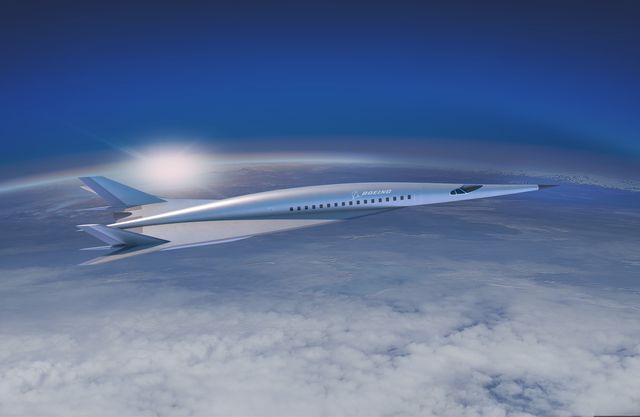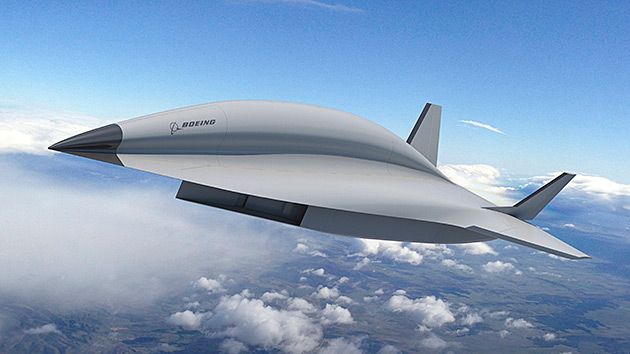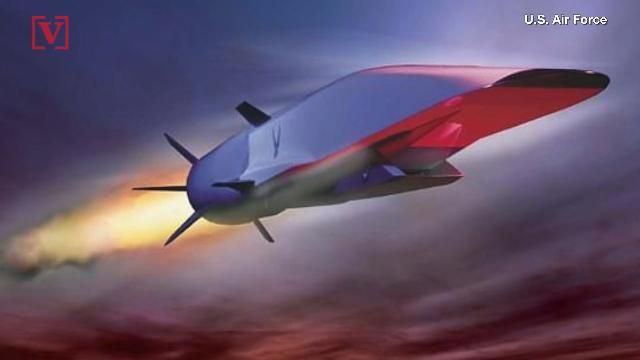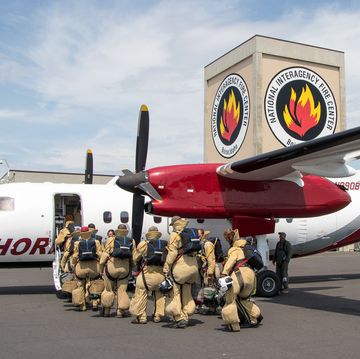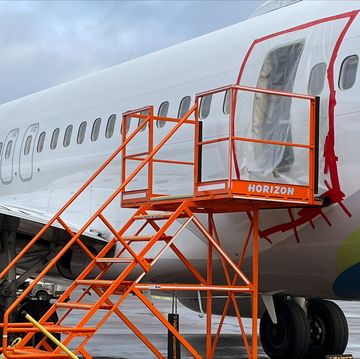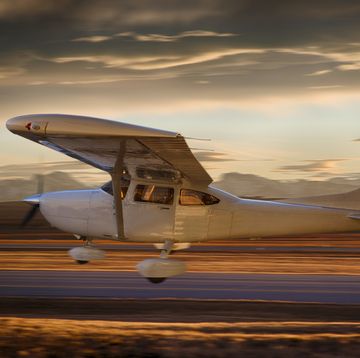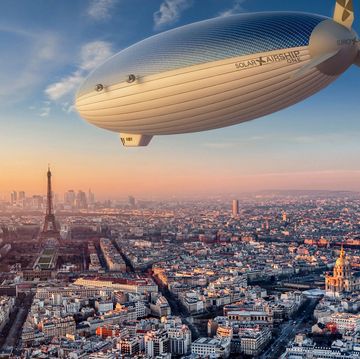Boeing has revealed its first-ever concept for a hypersonic passenger plane that could cross an ocean in two hours for military or commercial customers. Debuted at an aerospace conference in Atlanta today, the design shows that the aerospace giant is ready to compete for this high-flying piece of the aviation future.
“There is an inherent value in speed,” says Kevin Bowcutt, Senior Technical Fellow of hypersonics in Boeing Research & Technology.
Boeing is the 800-pound gorilla in the room when it comes to hypersonics, the technology to fly faster than Mach 5. The company has been working on this research since 1956, breaking speed records with the X-15 and moving on to other experiential planes like the X-43 and X-51. Bowcutt says Boeing is pulling knowhow from those decades of testing, which could be the company’s ace in the hole as it competes with not only American firms like Lockheed Martin but also with Chinese and Russian engineers in this new hypersonic race.
How To Go Mach 5
Although the airplane Boeing showed off today is just a concept and will certainly change before its possible flight in 20 or 30 years, Bowcutt can showcase the engineering decision-making that goes into such a vehicle.
You don’t need (or want) to go Mach 5 during takeoff. Boeing’s designers envision using a commercial turbofan engine capable of a wide range of speeds that can be bypassed when it’s time for the airplane to really zoom. Besides, a traditional engine’s fan blades would disintegrate at such velocities. While traveling at hypersonic speeds, you don’t need fan blades to compress air anyway because the speed of the craft does that for you.
That’s why most modern hypersonic jet designs rely on a ramjet, which uses the plane's forward motion to compress air, to reach truly awesome speeds. “The turboramjet would be designed to valve the air so it bypasses the (turbofan) engine and dumps into a combined afterburner ramjet,” Bowcutt says. “That same afterburner would function as a ramjet.” The ramjet would propel the vehicle to Mach 5, fast enough to get from New York to Tokyo in about 2 hours.
Such speed influences the design in radical ways that can be seen in the render. For one thing, as airplanes go faster, the ratio of lift–to-drag (the thing that makes airplanes fly) drops.
“We have to do a lot of work to keep the drag low,” Bowcutt says. “That’s why you have such shallow angles and sweptback leading edges.”
The tails of hypersonic airplanes represent an inherent challenge, too. The top sides of the wings generate expansion waves that distribute the flow away from the airplane. This creates very-low-pressure zones that hinder a tail in doing its job of stabilizing and steering.
“A tail doesn’t work in low pressure air—it needs that pressure to be effective,” Bowcutt says. “So you have to design a hypersonic aircraft so the tail is always grabbing high pressure flow.” Boeing’s solution is to split the tail, splay them, and put them in areas that can capture higher air pressure, which accounts for the funky rear of the render.
Sucking Wind
The faster an airplane goes, the less thrust its engine produces from the same amount of air. This is one reason engines get larger as an airplane is designed to go faster. The render shows an airplane that is designed to route as much air as possible into the engines, effectively making the sloped fuselage a route to find the engines’ air intakes. “You want to take advantage of the airplane to grab more air,” Bowcutt says.
That high-speed airflow slows down once it gets inside the engine, and that produces unwanted heat. The airplane will need a cooling system to handle that heat, and Bowcutt says Boeing is looking into ways to use fuels like liquid methane to double as coolants, instead of water. The presence of passengers also makes cooling a major part of future research, since the skin of the aircraft (probably made of titanium) gets as hot as 1,100 degrees F during flight because of air friction.
Another revealing part of the conceptual artwork is the altitude. The airplane is flying at about 95,000 feet, and this is not artistic license. The reason is dynamic pressure, which is caused by flow across a surface and is the key to all flight. Put your hand out a car window and change its angle, and you will get a lessons in dynamic pressure.
Air density is a key determinant on the dynamic pressure equations that keep airplanes flying. So as the speed goes up, the dynamic pressure also goes up t dangerous levels. A hypersonic aircraft flying at 30,000 feet would likely disintegrate from the stress. But with thinner air at 95,000 feet, the dynamic pressure equations balance out and the same airplane can fly safely.
The Race Is On
Boeing’s pursuit of hypersonics has gone public in 2018. Earlier this year, the company revealed a hypersonic spy drone that will rival Lockheed Martin’s unmanned replacement for the SR-71 Blackbird.
Boeing faces several competitors for these high-speed passenger planes. The farthest along is Nevada-based Aerion Corporation, backed by Airbus, and its AS2 supersonic business jet. That aircraft is expected to reach Mach 1.5 — but only fit 12 passengers. The company estimates it will be ready to fly in 2023. This year China unveiled a unique design for a hypersonic passenger plane. The jet has an entire extra tail to handle the aerodynamic stress of high speed flight.
One thing that may change is the presence of windows. Bowcutt says that the passengers and maybe even pilots could have virtual windows instead of physical ones, using cameras to show the world outside. “From that altitude you can see the curvature of the earth and the blackness of space,” he says. “It will be quite a view.”
Joe Pappalardo is a contributing writer at Popular Mechanics and author of the new book, Spaceport Earth: The Reinvention of Spaceflight.
